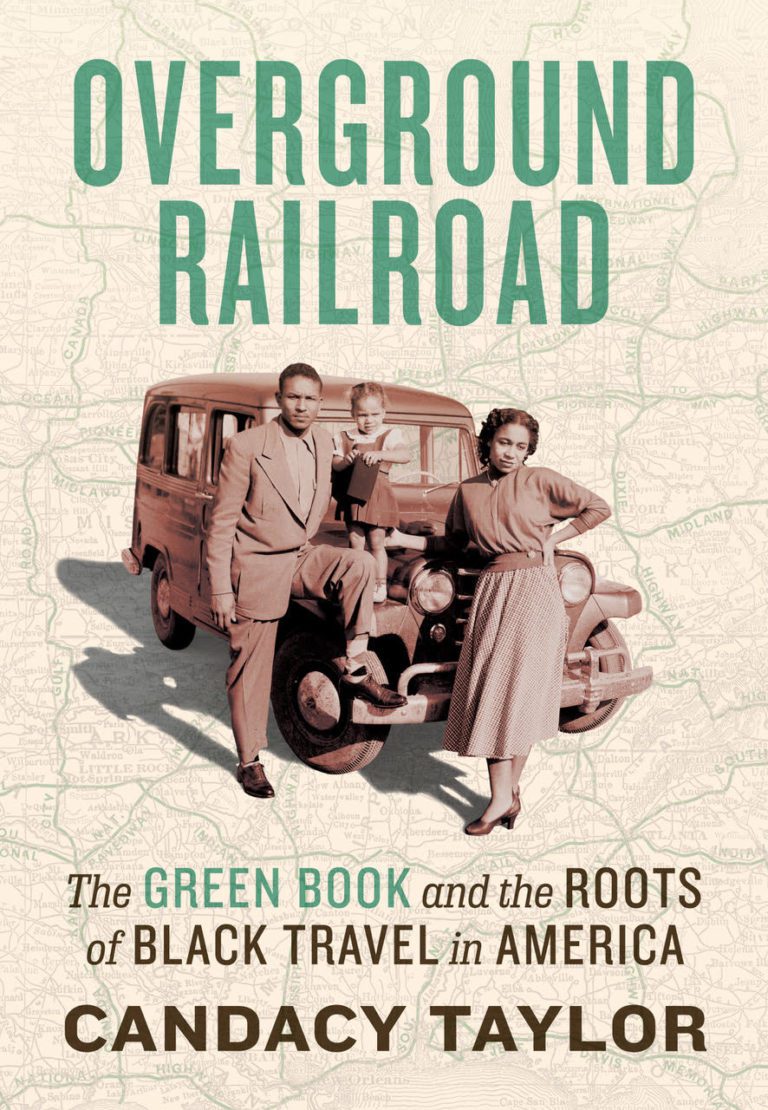

Candacy Taylor, in her authoritative book "Overground Railroad: The Green Book and the Roots of Black Travel in America ," says no official publication records are available. It's not known how many Green Books were published. By 1960, it was known as The Travelers' Green Book.īlack-owned businesses and travel experiences: 'Green Book' inspires new generation of Black travel guides, podcasts Later editions included information on vacationing in other countries.

He asked fellow postal carriers for recommendations and implored readers to reach out to suitable businesses. Green regularly expanded the guide, changing the title in 1952 to The Negro Travelers' Green Book, with advice on train, bus and airplane travel. Though other guides for Black travelers existed, none was published as long as the Green Book. It doubled in size in 1939, to 48 pages and 44 states. The guide proved popular, and Green expanded it to 24 pages covering 21 states and the District of Columbia the following year. It cost 25 cents, about $4.60 today, calculating for inflation. The 1937 edition, titled "The Negro Motorist Green Book," had 16 pages and focused on New York City businesses. "Some have suggested that the Green Book was established in 1936 but that 1937 was the first printed guide," Liriano says. The guide was established in 1936, but "there's no known copy of a 1936 edition," Maira Liriano of the Schomburg Center for Research in Black Culture, part of the New York Public Library, told USA TODAY. It was created by Victor Hugo Green – reputedly named after Victor Hugo, French author of "Les Misérables" and other works – a Black postal worker and entrepreneur in Harlem who saw the need for a guide. The Green Book was in response to Jim Crow. "They restricted voting rights, limited access to mobility and controlled Black bodies, turning them into a pliant labor force." "They were a series of laws designed to impose segregation," Brown says.


For Black travelers driving across segregated America in the '40s, '50s and '60s, the Negro Motorist Green Book was more than a travel aid – it was a guide for keeping them safe.


 0 kommentar(er)
0 kommentar(er)
